Daing na bangus is actually marinated milkfish in vinegar, garlic and peppercorns. It is not the usual daing or sun dried salted fish which we are so accustom of calling it daing. Maybe because of the similar preparation of splitting and slicing of the dorsal side of the fish and butterflied that is why this is also called daing. You can use medium size milkfish but if possible use small milk fish because the bones are not as hard as the big ones. Boneless bangus is perfect, no matter what the size.
Daing na Bangus (Marinated Milkfish): A Nostalgic Filipino Favorite
Whenever I prepare daing na bangus, I can’t help but be transported back to my childhood kitchen in Pampanga. I remember my Tita Lorna meticulously preparing this dish every Sunday morning, her movements so practiced it seemed like an art form. She would hum softly as she worked, filling the air with the sharp aroma of vinegar and garlic—a scent that still feels like home to me.
This marinated milkfish dish is a staple in many Filipino households, but what makes it truly special is how every family adds their own unique touch to the recipe. Whether it’s using freshly caught bangus or tweaking the marinade, every bite tells a story of tradition and care.
What Makes Daing na Bangus Special?
Contrary to the typical daing, which is sun-dried and salted, daing na bangus is a fresh take on the concept. The fish is butterflied, cleaned, and marinated in vinegar, garlic, and peppercorns, resulting in a dish that’s tangy, flavorful, and irresistibly crispy when fried. My cousin Jake swears that using boneless milkfish makes all the difference, especially if you’re serving this to kids or first-timers who might struggle with the tiny bones.
The marinade does more than just flavor the fish—it tenderizes it and removes any hint of a “fishy” smell. That’s the beauty of the vinegar; it acts as both a preservative and a flavor enhancer, a technique that Filipinos have mastered for generations.
A Slice of History with Every Bite
Milkfish, or bangus, holds a special place in Filipino cuisine and culture. It’s even our national fish! Known for its tender white flesh and slightly sweet flavor, bangus is a versatile ingredient. Historically, marinating was a method of preserving fish in tropical climates, long before refrigeration was an option. My Lolo Ben would always tell us stories about how they’d prepare a big batch of marinated bangus and store it in jars to last through the week.
This dish’s preparation also reflects the Filipino knack for resourcefulness. By splitting the fish and leaving the skin intact, you’re ensuring that none of the fish’s natural flavors are lost during cooking. It’s a technique rooted in practicality, but it also makes for an aesthetically pleasing dish—especially when the crispy, golden-brown fish is served alongside a heaping bowl of steaming white rice.
Preparing the Perfect Daing na Bangus
When I first learned how to make daing na bangus from my Tita, she emphasized the importance of fresh ingredients. “Fresh fish is the key,” she’d say. If you’re lucky enough to live near a palengke, have your fish vendor butterfly the bangus for you. This saves time and ensures it’s cleaned properly.
Once the fish is prepped, it’s time to create the marinade. The combination of vinegar, garlic, and peppercorns works wonders. The acidity of the vinegar penetrates the fish, giving it that signature tanginess, while the garlic and peppercorns add depth to the flavor. For beginners, it’s best to let the fish soak overnight in the refrigerator, allowing the marinade to fully infuse.
Tita Lorna also had a trick for frying the fish to perfection. Always start with the skin side down. This not only ensures even cooking but also prevents the fish from curling up as it fries. She’d remind me to use medium heat—too hot, and the vinegar residue might burn; too low, and the fish won’t achieve that glorious crispiness.
Serving and Savoring
In our family, it isn’t complete without a side of freshly sliced tomatoes mixed with patis (fish sauce). Sometimes, my Kuya Ramon would add a squeeze of calamansi for an extra layer of flavor. Paired with garlic fried rice and a cup of hot coffee, this dish makes for a breakfast so satisfying it keeps you fueled all day.
What I love most about this dish is how it brings people together. Whether it’s a regular weekday meal or a festive gathering, daing na bangus always finds its place at the table. It’s a dish that’s easy to prepare yet so full of flavor, even beginners can master it with a little patience and practice.
Food for Thought
Did you know that bangus farming is a centuries-old practice in the Philippines? Fishponds, or “bangus fry nurseries,” have been a vital part of coastal communities, providing a sustainable livelihood for generations. So when you enjoy a plate of daing na bangus, you’re not just eating a meal—you’re savoring a piece of Filipino heritage.
Cooking this dish has become a cherished ritual in my home. Every step, from marinating the fish to that first sizzling sound as it hits the pan, feels like a connection to my roots. Whether you’re a seasoned cook or just starting your culinary journey, I hope you find joy in preparing the milkfish dish as much as I do. It’s more than just food—it’s a celebration of family, culture, and tradition.
So, the next time you’re craving something hearty and full of flavor, try making it. Who knows? It might just become your new family favorite too.
How to Make Daing na Bangus (Marinated Milkfish in Vinegar and Garlic)
Ingredients
- 1 kilo fresh small bangus
- 1 cup vinegar
- 1 head garlic crushed
- 1 Tbsp. peppercorns crushed
- sea salt as needed
Instructions
How to Make Daing na Bangus:
- Prepare the bangus by splitting and cutting the dorsal side of the fish.
- Then remove all the internal organs but don't remove the scales and skin.
- If the bangus is large, you can cut it in half, crosswise.
- You can have this done by the fish vendor if you want to skip this process.
- Clean the fish in running water and drip the excess water. Rub salt generously on both sides.
- Then prepare the container or a tupperware wide enough to marinade the fish.
- Arrange the fishes in the tupperware and pour the vinegar, garlic and peppercorns.
- If you have zip lock it's better to use it than the tupperware.
- Put the marinated fish in the refrigerator overnight.
- To cook the bangus, prepare a deep frying pan with cooking oil over medium heat.
- Slide the bangus skin side down and fry it until golden brown for 10 minutes.
- Flip the bangus using a spatula and fry the other side for 8 to 10 minutes until golden brown.
- Place in a strainer to drip excess oil then transfer to a serving plate.
- Do the same for the rest of the bangus. Serve with sliced tomatoes with patis.
Notes
Cooking Tips:
Use Fresh Milkfish for the Best Flavor
Fresh milkfish makes all the difference in achieving the best taste and texture for your daing na bangus. Look for clear eyes, shiny skin, and a mild, clean scent when choosing fish at the market. If fresh bangus isn’t available, opt for high-quality frozen boneless milkfish for convenience without compromising flavor.Marinate Overnight for Maximum Flavor
Allow the fish to soak in the vinegar, garlic, and peppercorn marinade overnight to ensure every bite is infused with tangy and garlicky goodness. The extended marination time tenderizes the fish while removing any strong odors. For an extra kick, you can experiment with adding a splash of calamansi or chili to the marinade.Fry with Medium Heat for Crispy Perfection
Always use medium heat when frying the bangus to achieve a golden-brown, crispy exterior without burning the fish. Start with the skin side down to prevent curling and cook evenly. Make sure to drain the fish on a strainer or paper towel after frying to remove excess oil while keeping it crisp.
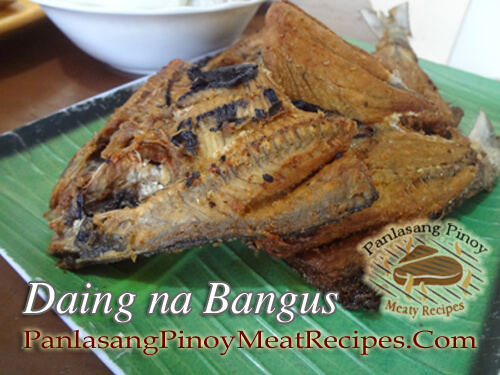

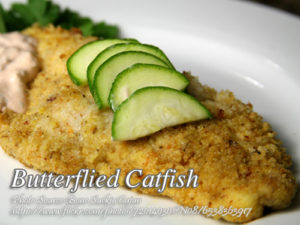
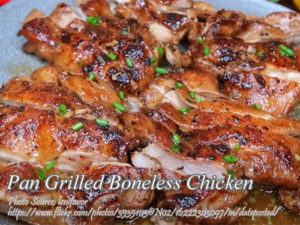
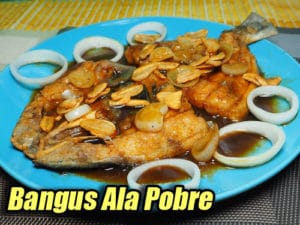
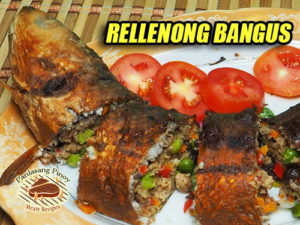
Nice Menu for Daing na Bangus.item 2 says don’t remove the scales. Was this an oversight? Scales are almost always removed before eating fish. I enjoyed your blog. Thanks.
HI Bob, not in this case. When you prepare daing na bangus, the scales are not removed. I think the reason is to add extra crisp to the fish and so it won’t stick on the pan when frying. But I think you can remove the scales if you want to.